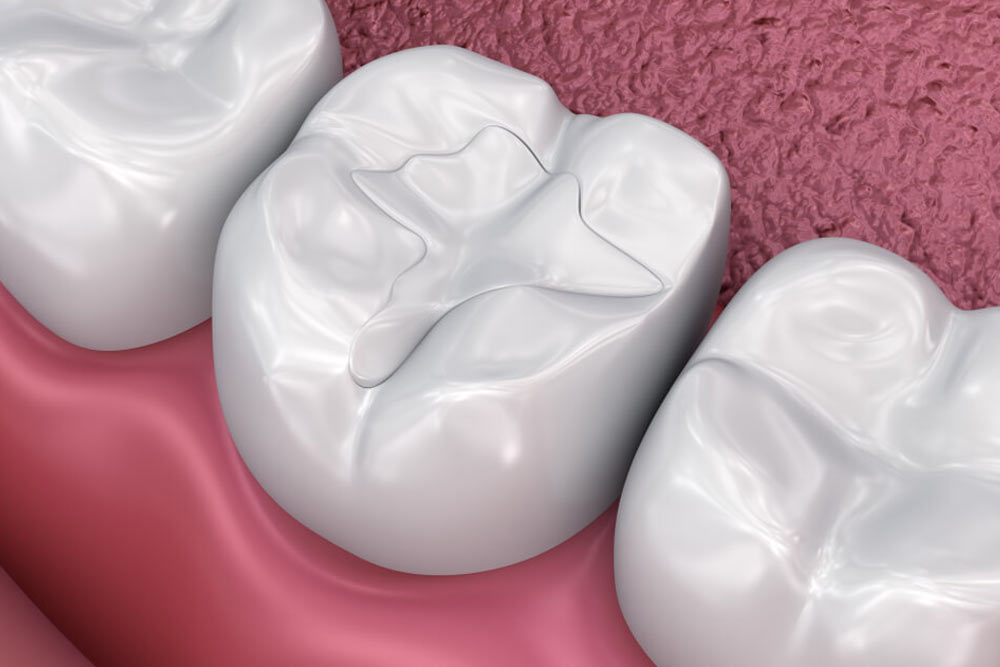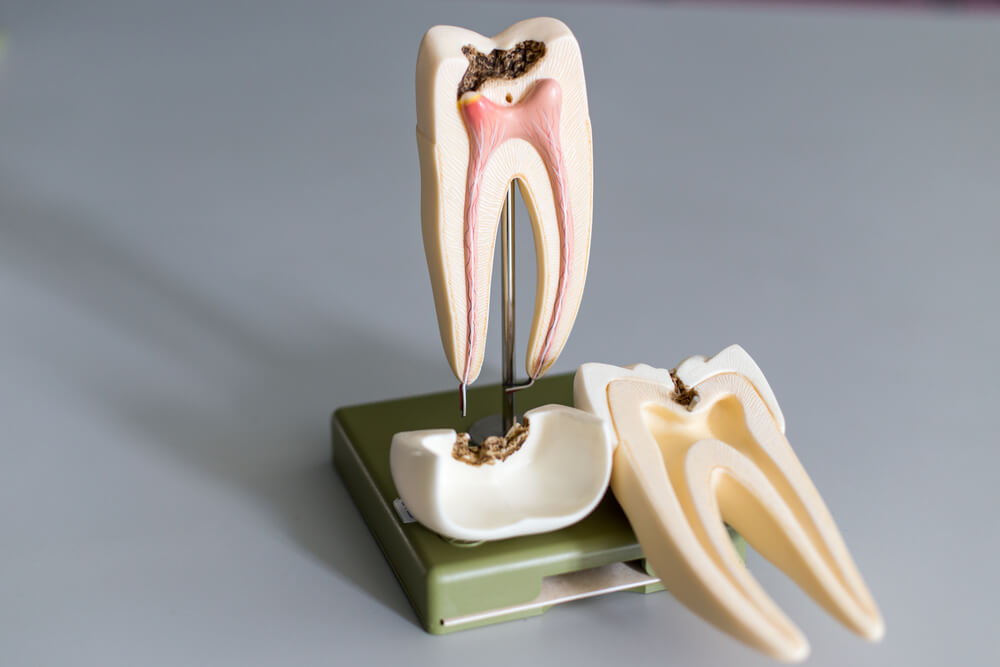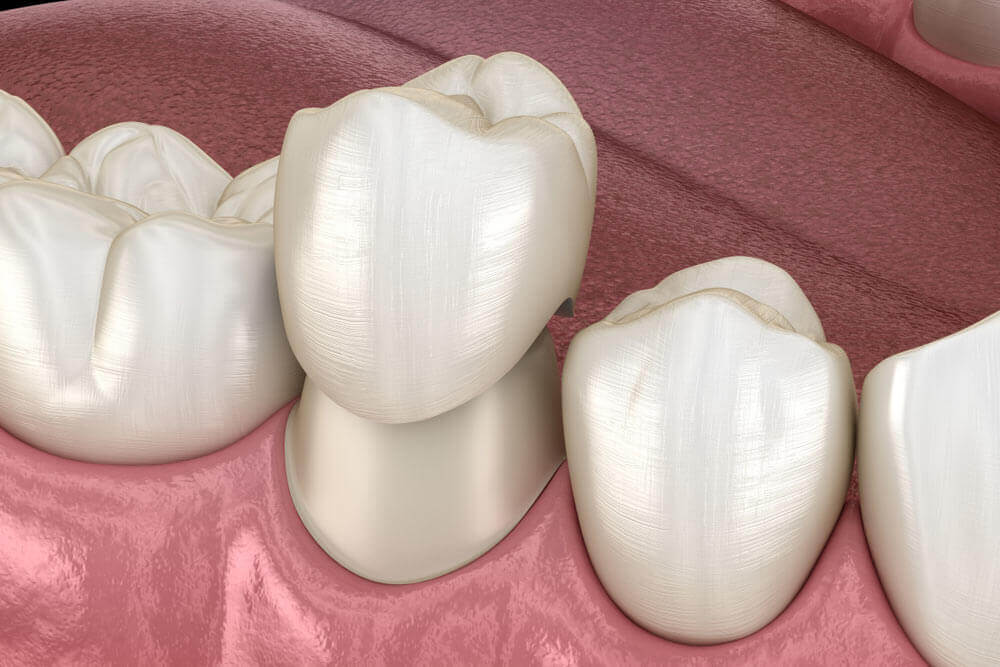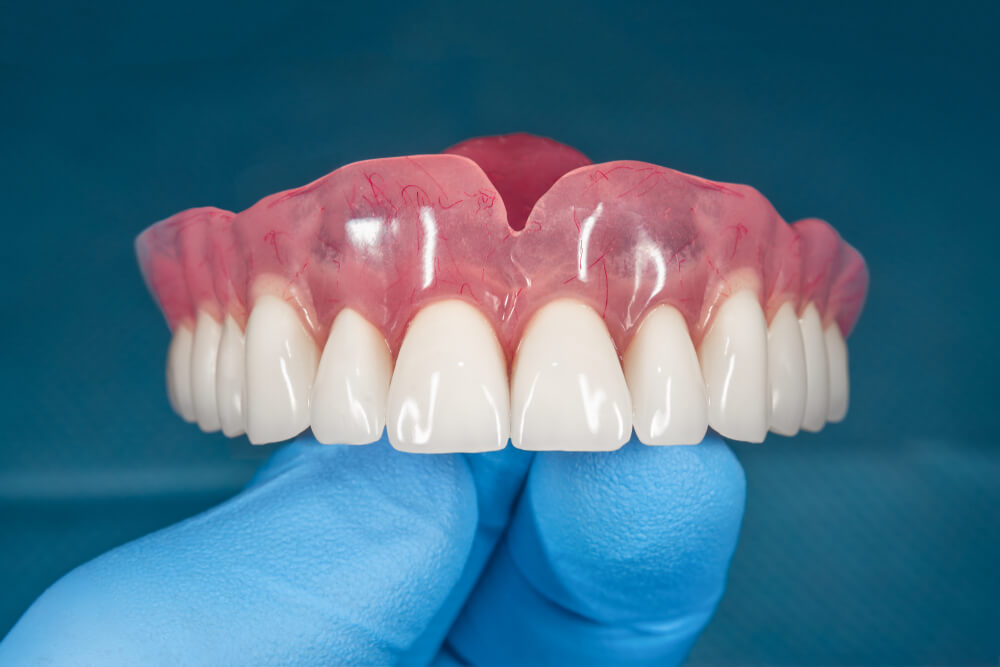Dental implants are artificial tooth roots that are implanted into the jaw and used to support a dental prosthesis. They are composed of three parts: the implant screw, abutment, and prosthesis. The implant screw is used to replace the tooth root of a missing tooth, while the prosthesis is used to replace the visible portion of the missing tooth. The abutment, which lies between the two, is a small metal connector piece that attaches the implant to the prosthesis. Dental implants are versatile and can be used to replace missing teeth in various situations. A single missing tooth can be restored using an implant-supported crown, while multiple missing teeth can be restored using an implant-supported bridge. Dental implants can even be used to restore an entire arch of teeth using an implant-supported denture.
Did You Know?
Nowadays, dental implants are considered the gold standard of tooth replacement options because of their ability to restore the function, appearance, and structure of natural teeth.
Frequently Asked Questions:
Am I a candidate for dental implants?
You may be a candidate for dental implants if you have one or more missing teeth. You may also be a candidate for dental implants if you have one or more severely damaged or decayed teeth in need of an extraction. However in order to have dental implants placed, your jaw will need to have an adequate amount of bone mass. To determine if you are an ideal candidate for dental implants, schedule a consultation with Park City Dental today.
What can I expect when having dental implants placed at Park City Dental?
When having dental implants placed at Park City Dental, you can expect a multi-step process. First, any severely damaged or decayed teeth are extracted if necessary. In some cases, your implants may be placed during the same procedure as your extraction or they may be placed after the extraction site heals. In some cases, you may also need to have a bone graft placed before having dental implants placed. In these cases, a small amount of bone material will be placed under the gums in areas of low bone mass. Over the course of 3-6 months, new bone will grow and allow for the safe placement of implants.
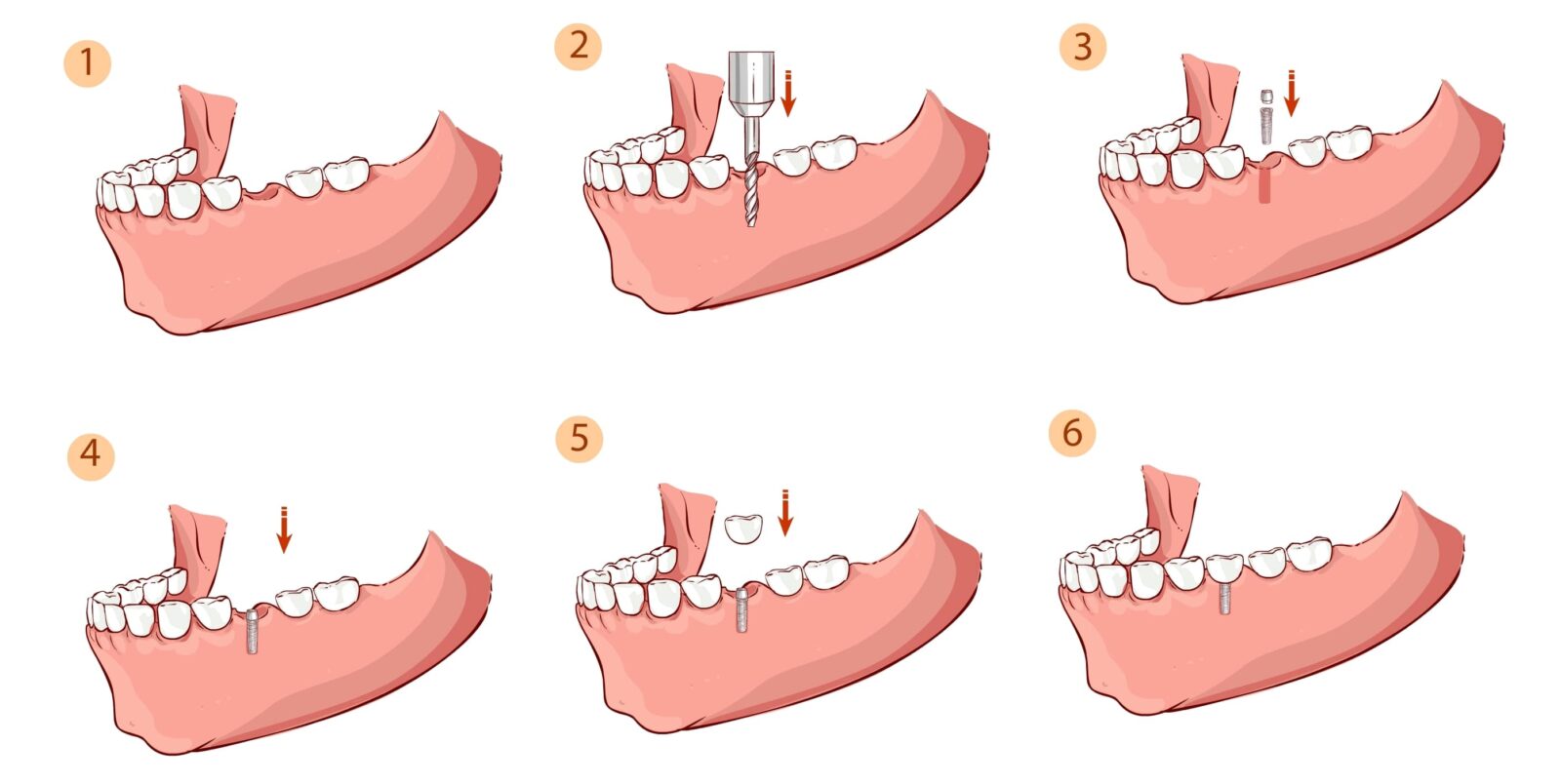
To place your dental implants, a minor oral surgery is needed. First, Our doctor will make a small incision in your gums to reach the jawbone. Then the empty tooth socket will be shaped and prepared for the implant screw. Once the implant screw has been placed in the jawbone, the metal abutment will be screwed on so that it sticks out from under the gums. The gums will be sutured up around the abutment and a temporary restoration will be placed. Once the implants have healed, a dental impression will be taken and used to fabricate the permanent restoration.
What can I expect after having dental implants placed?
After having dental implants placed, you can expect to experience some minor discomfort and swelling for the first few days after surgery. Our doctor will also provide you with postoperative instructions to follow while you recover. While these instructions can vary, they generally revolve around keeping the treatment area clean, temporarily modifying your brushing routine, managing pain and swelling, and eating a temporary soft foods diet. On average, it takes about two weeks for the incision to heal, but around 3-6 months for the implant to completely fuse with the surrounding bone. During this time, it is extremely important to follow your dentist’s directions to prevent implant failure.




